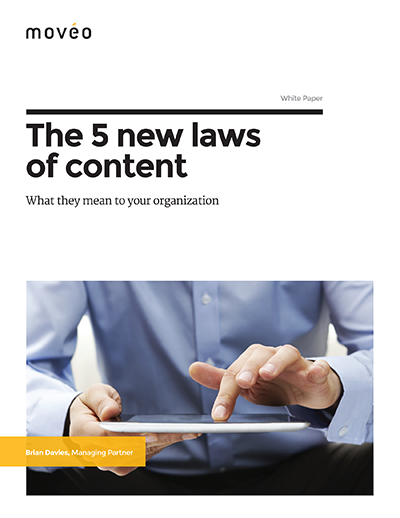Despite predictions a few years ago that it was dying off, email marketing is still alive and well in most industries. But are you exploring all the data you collect from your email campaigns?
Email analytics are full of valuable customer insights. Marketers can use these insights to improve the customer experience within email campaigns, personalize content and build stronger relationships and customer loyalty. Here’s how:
Any email marketing tool will give you some level of data on your contacts, but only some give you the ability to drill down to the level of individual, contact-specific insights. Aggregate data like open rates and click rates can be valuable, but if you want to dive into information about how individual contacts are interacting with your content in order to improve your sales process, consider a tool like Hubspot, Act-On, Pardot or Marketo to obtain contact-by-contact insights.
This contact-level data becomes especially valuable when your marketing automation system is connected with your customer relationship management (CRM) system. Information about how each of your contacts interacts with your emails, website and other content can be flowed into the contact profiles in your CRM, giving your sales team deep insights into the interests and needs of each of their leads. Imagine how much better your sales rep’s next call could be if they knew, for example, that a specific lead was deeply interested in one feature of your product, but not another. With a CRM-connected marketing automation system, this kind of information gets captured and integrated into contact profiles automatically. You can even use data from your email campaigns as part of a lead scoring strategy to determine which of your leads are most likely to buy, and therefore most worthy of time and effort from your sales team.
Your team can use A/B testing to improve almost every facet of your marketing emails. It’s simple — pull out a small percentage of your contacts, split them into two lists, and send two versions of your email, with just one variable that is different between the two. It can be in the subject line, the formatting, the highlighted content, or any number of other variables. Track which email performs better with your test list, and then deploy that email to the full list and adjust your overall strategy accordingly.
Try testing from email to email as well. For example, you might try shifting the time or day of the week that your marketing emails are delivered, and see what impact this has on open rates and click-throughs. Avoid changing too many factors at once so that you can accurately determine which variable impacted your metrics.
Content-rich emails can be a tool for maintaining existing customer relationships and learning more about your customers. The key is to produce content that is relevant to existing customers and addresses their needs. For example, a B2B software provider could send customers a “tip of the week” about how to use a feature within the software to improve their operations. A business providing healthcare technology to practitioners could send out medical news updates relevant to their customers’ practice areas. Then, these companies could study the aggregate and contact-level data from these customer emails to determine what their customer base is most interested in and what they want more of. It’s essential to remember that quality is more important than quantity: only send out emails with information that adds value to your brand and your customers’ work, and resist the urge to send emails too frequently.
Email marketing insights can help you reach leads in every stage of the buyer lifecycle and nurture current customers to become evangelists. Pass your insights along to the sales team to ensure continued alignment.
To maximize your email marketing strategy, make sure your content is working overtime. Does your email marketing following the five new laws of content? Read our white paper to find out:

Photo by Sebastiaan ter Burg via Flickr Creative Commons